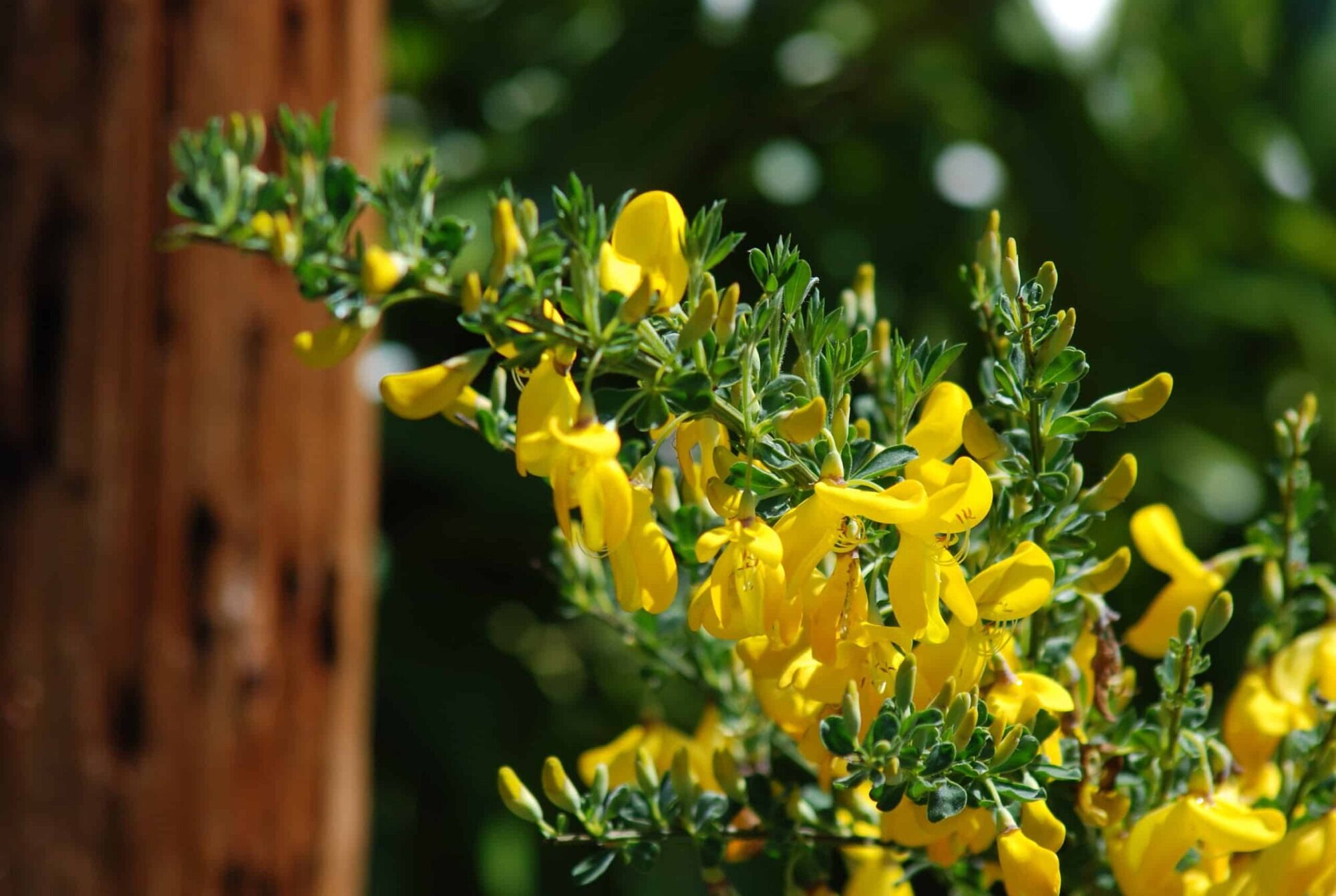
Scotch broom is more than just a pretty plant. This vibrant shrub, with its bright yellow flowers, has a story that spans continents and centuries. Did you know that Scotch broom is native to Europe but has become an invasive species in North America? Its ability to thrive in poor soil makes it both a gardener's delight and a conservationist's nightmare. Why is Scotch broom so widespread? Its seeds can remain viable in the soil for up to 80 years, waiting for the perfect conditions to sprout. This plant also plays a role in nitrogen fixation, enriching the soil it grows in. However, its dense growth can crowd out native plants, altering local ecosystems. Curious about more facts? Read on to uncover 33 fascinating tidbits about this resilient and controversial plant.
What is Scotch Broom?
Scotch broom, also known as Cytisus scoparius, is a vibrant yellow-flowered shrub. It’s native to Europe but has spread to other parts of the world. This plant is both admired for its beauty and criticized for its invasiveness.
- Scientific Name: The scientific name for Scotch broom is Cytisus scoparius.
- Native Region: Originally from Europe, particularly the British Isles.
- Invasive Nature: In many parts of North America, Scotch broom is considered an invasive species.
- Flower Color: The flowers are typically bright yellow, making them easily recognizable.
- Height: This shrub can grow up to 10 feet tall.
- Lifespan: Scotch broom can live for up to 20 years.
- Seed Production: A single plant can produce thousands of seeds annually.
- Seed Longevity: Seeds can remain viable in the soil for up to 50 years.
- Fire Hazard: The plant is highly flammable, posing a fire risk in dry areas.
- Nitrogen Fixation: Scotch broom can fix nitrogen in the soil, which can alter soil composition.
Uses of Scotch Broom
Despite its invasive nature, Scotch broom has several uses. From traditional medicine to modern applications, this plant has found its way into various aspects of human life.
- Traditional Medicine: Historically used to treat heart conditions and as a diuretic.
- Dye Production: The flowers can be used to produce a yellow dye.
- Ornamental Plant: Often planted for its bright, attractive flowers.
- Erosion Control: Sometimes used to stabilize soil and prevent erosion.
- Broom Making: The branches were traditionally used to make brooms, hence the name.
Environmental Impact
Scotch broom has a significant impact on the environments it invades. Its presence can alter ecosystems and affect native species.
- Habitat Displacement: It can outcompete native plants, leading to habitat loss for local wildlife.
- Soil Chemistry: Alters soil chemistry through nitrogen fixation, which can affect other plant species.
- Biodiversity Loss: Reduces biodiversity by dominating landscapes.
- Fire Ecology: Increases fire frequency and intensity in invaded areas.
- Pollinator Attraction: Attracts pollinators, which can sometimes benefit local ecosystems.
Control and Management
Managing Scotch broom is crucial to prevent its spread and mitigate its impact. Various methods are employed to control this invasive species.
- Mechanical Removal: Uprooting or cutting the plants is a common method.
- Chemical Control: Herbicides are often used to kill the plants.
- Biological Control: Insects like the Scotch broom seed beetle are introduced to control its spread.
- Prescribed Burning: Controlled burns can reduce seed banks and mature plants.
- Grazing: Livestock grazing can help manage young plants.
Interesting Facts
Scotch broom has some fascinating characteristics and historical tidbits that make it an intriguing plant.
- Historical Symbolism: In Scotland, it was a symbol of nobility and resilience.
- Cultural References: Mentioned in various literary works and folklore.
- Rapid Growth: Can grow several feet in a single season.
- Resilient Seeds: Seeds can survive harsh conditions and still germinate.
- Pioneer Species: Often one of the first plants to colonize disturbed areas.
- Toxicity: Contains alkaloids that are toxic to humans and animals if ingested.
- Pollination: Primarily pollinated by bees, which are attracted to its bright flowers.
- Root System: Has a deep root system that helps it survive in poor soil conditions.
Final Thoughts on Scotch Broom
Scotch broom, with its vibrant yellow flowers, is more than just a pretty plant. It's a hardy survivor, thriving in various conditions, but it can also become invasive, outcompeting native species. This plant has a rich history, from its use in traditional medicine to its role in soil stabilization. However, its aggressive growth can lead to environmental challenges, making management crucial. Understanding its characteristics helps in appreciating its beauty while being mindful of its impact. Whether you're a gardener, a nature enthusiast, or someone curious about plant life, knowing these facts about Scotch broom can deepen your appreciation and awareness. So next time you see those bright yellow blooms, you'll know there's more to this plant than meets the eye. Stay informed, and enjoy the natural world responsibly.
Was this page helpful?
Our commitment to delivering trustworthy and engaging content is at the heart of what we do. Each fact on our site is contributed by real users like you, bringing a wealth of diverse insights and information. To ensure the highest standards of accuracy and reliability, our dedicated editors meticulously review each submission. This process guarantees that the facts we share are not only fascinating but also credible. Trust in our commitment to quality and authenticity as you explore and learn with us.
